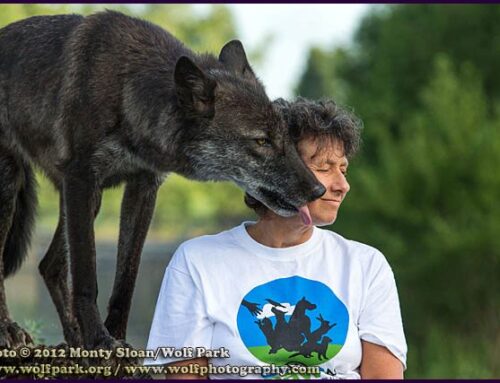All too often these days people are quick to diagnose a range of behavior problems as a dog’s attempt to achieve ‘dominance’ or pack leadership. I caught a glimpse of The Dog Whisperer last night at a friend’s house. I’d seen the episode before and had to switch channels because I just couldn’t bear to see another scared dog being treated as though it thought it was Napolean.
It was clear that the little dog snapping, snarling and chomping on Cesar’s arm was afraid. Cesar’s use of intimidation worked to subdue the dog, though it probably isn’t a great idea to suggest that owners of dogs with larger teeth and more powerful jaws, attempt a similar technique, regardless of the perceived success.
There are lots of ways to work with dogs, and lots of ways to get dogs to behave the way we’d like them to. One of my dog boarding clients contacted me this morning and we chatted about her dog, who she adores, and wouldn’t part with for the world. That was not always the case. Like many young rescue dogs, her dog provided her with a number of challenges. Essentially a nice little dog, it was clear that he needed training and help in understanding what was expected of him. His owner wisely found a trainer that uses positive reinforcement techniques to help her learn how to manage and train her dog. She added an agility class to their routine to take advantage of his energy and love of running and jumping. This dog is now a source of joy and amusement to his owners. But it could have gone another way.
Believing that his inexperience and anxiety were an indication that the dog was plotting to take over the household, another trainer might have recommended the use of punishment or aversive methods of training. While some dogs end up becoming great pets, regardless of how they are handled or trained, others become aggressive or develop other inappropriate behaviors, when they are trained using harsh or scary methods.
If you are not sure why your dog is behaving the way s/he is, find a skilled trainer or behaviorist that can help you assess the problem and form a plan to address it. I have included a link to trainers on the fearfuldogs.com website.





